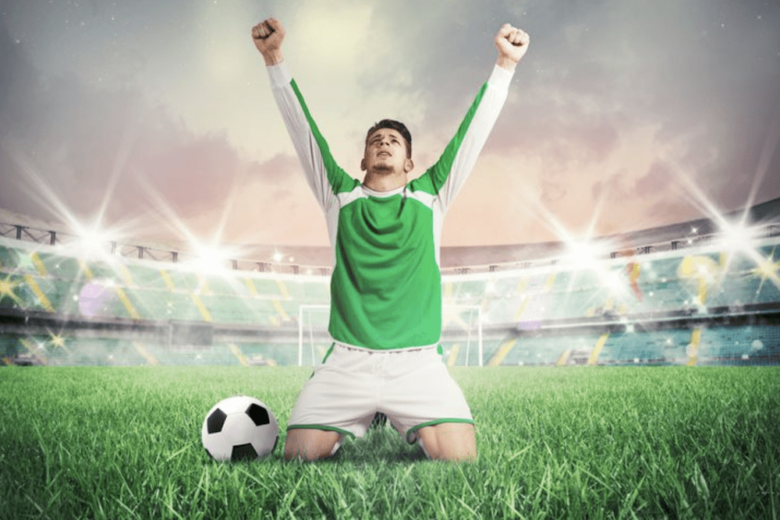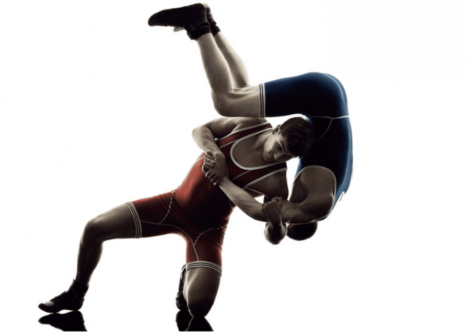Use our convenient online scheduler to book an appointment now.

Torn ACL recovery involves two stages. First is the initial recovery following your injury. Everyone, no matter their ultimate treatment, must get through this stage. The second stage is determined by the definitive treatment, either nonsurgical or surgical.
Torn ACL Recovery: Stage I
Everyone who tears their ACL will initially need nonoperative care to recover. As was discussed in an earlier post, most people who tear their ACL, usually develop rapid swelling, stiffness, and pain. These symptoms often prevent normal walking. Frequently, crutch or cane use is needed. This then leads to weakness and further stiffness. The initial stage of torn ACL recovery is dedicated to resolving these symptoms.
Significant swelling usually occurs. It is caused by bleeding into the knee from rupture of the blood vessels that supply the ACL as well as the frequently associated bone bruising that occurs during the injury. Ice may help to limit swelling. It may also serve to numb the knee and as a result, reduce some of the associated pain.
I almost always initiate an exercise program. This is either performed at home by the patient with my guidance or with the aid of a physical therapist. This program is designed to regain strength and range of motion, particularly the ability to fully straighten the knee.
Full weight bearing on the injured leg is permitted (assuming that there are no associated fractures or other ligament injuries which may require limited weight-bearing and possibly protective knee bracing). However, no pivoting, jumping or cutting activities are permitted.
This stage of the torn ACL recovery ends when functional strength, painless motion, and weight-bearing have been restored, the generalized inflammation and all or at least most of the swelling has resolved.
Torn ACL Recovery: Stage II
Non-Surgical
Definitive nonoperative treatment will only be appropriate for a select group of patients. As I mentioned in an earlier post, those wishing to resume pivoting, jumping or cutting activities and those who have persistent instability even with everyday activities, should be treated with surgery. This allows these patients to safely resume their activities and protect their knee from further damage. Therefore, only those who are not involved in these risky activities and who do not have instability with their activities of daily living are candidates for nonsurgical treatment after tearing their ACL.
This treatment consists of maximizing strength, range of motion and knee coordination. I usually will have the patient treated by a physical therapist to assist with their torn ACL recovery. The length of this treatment can be variable but usually lasts several months.
Since their ACL will remain torn and nonfunctional indefinitely, those who choose this form of treatment for their torn ACL, should at no time participate in pivoting, jumping or cutting activities. Additionally, should their knee feel unstable after recovery, surgery should be considered.
Post-Surgical
Different sports medicine surgeons may have different postoperative protocols after torn ACL surgery. They may even alter their usual protocols based on surgical findings or other variables. For instance, on the occasion that I use an Allograft (cadaver tissue) for an ACL reconstruction, because of concerns for slow “incorporation” and ultimate failure of the graft, I will slow down my typical postop program.
Below I have detailed my usual postop regimen. You should discuss your recommended protocol with your surgeon.
- No brace after surgery
- Ice used initially to reduce swelling and pain
- Stitches are removed one week post-op
- Full weight-bearing without crutches as soon as safe and able
- Driving precautions for 6-8 weeks if right-sided ACL surgery and while on narcotics
- Physical therapy begins 2 days postop, lasts for ~3 months (1-3 x week)
- Taper narcotics as soon as possible (Consider: fewer narcotics, Tylenol and/or anti-inflammatories if permitted and medically able)
- First 3 months’ goals: Reduce pain and swelling, improve range of motion and strength
- First 3 months’ restrictions: No running, jumping, cutting
- 3 months postop: Begin jogging
- 4-6 months postop: Begin sprinting and then agility training
- 6-9 months: ACL Injury Prevention Program
- 9+ months postop: Progressively return to sports and other pivoting and jumping activities
These are only guidelines. I will often individualize this regimen based on symptoms, progress, and other factors.
It Seems To Be Better To Delay Your Return
There is recent evidence that suggests delaying a return to your pivoting and jumping sports for greater than 9 months after surgery can significantly reduce your risk of re-rupture. As a result, I have been encouraging my patients to push their return back accordingly.
The take-home message is that your torn ACL injury recovery can be long no matter if a surgical or nonsurgical approach is taken. Additionally, this recovery begins as soon as you have been injured. So after sustaining an injury that leads to the symptoms of an ACL tear, it is a good idea to get your knee evaluated by an Orthopaedic sports medicine knee specialist as soon as possible.
Join our Mailing List
TCO provides patients with orthopedic problems the trusted resources and patient-centered advice they need to “Feel Better. Move Better. Be Better.”
© 2024 Town Center Orthopaedics | All Rights Reserved


